

Hello my beloved Steemians in this third issue of Cervantes walks was for a while at the Museum of print and design Carlos Cruz Diez.
Carlos Cruz Diez is a Venezuelan plastic artist one of the most respected creators of Op Art (optical art) whose world fame is due to his deep research on the behavior of color among his studies are Couleur Additive, Physichromie, Induction Chromatique, Chromointerférence, Transchromie , Chromosaturation, Chromoscope and Couleur dans l'espace.
Join me on this walk to know a little about this magician of color that with his optical art scattered worldwide has delighted with his spasms of retina to millions of people since his works are characterized as being large-scale works with a concept that changed with the way of making art. Works that you can walk on because you are part of it.
The museum is located on Av. Bolívar - Paseo Vargas, 1 block and a half from the Parque Carabobo metro station.
Here is your web portal with more information about the location http://www.museocruzdiez.com/
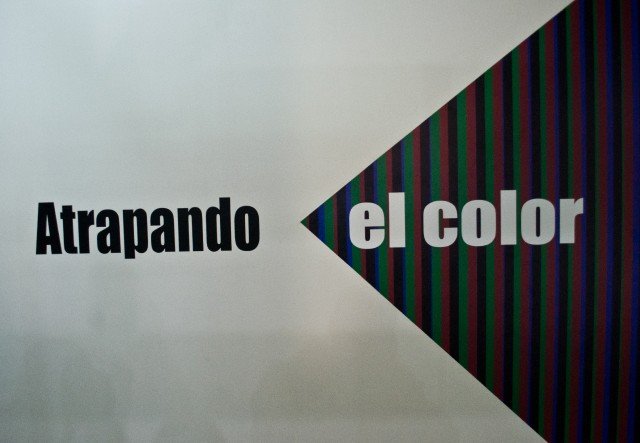
The permanent exhibition of Cruz Diez is called Atrapando el color in it is a selection of paintings on different experiments including one of his most important works Chromosaturation that unfortunately is in maintenance and I could not make captures for the sample in this report.
Since I was little I was amazed by the colorful shape of one of his works located at the Maiquetía International Airport because you can walk on it while you watch the work the retina observes the change of light on the color. The sad thing is that a few days ago I read a report about how Venezuelans who are migrating to other countries take pieces of this important work is too terrible that people do not have first conscience and second not knowledge of a renowned artist like Carlos Cruz Diez .
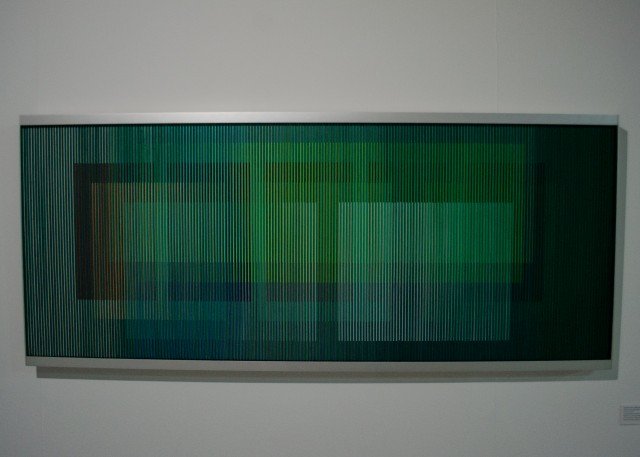
Physiochromy Number 280, 1966 Acrylic and Plexiglas on wood 65 x 152 x 5cm Collection National Race Track Institute.
The other piece that impressed me is located at the Gurí Hydroelectric Power Plant in the State of Bolívar where I currently reside. The work is located in the engine room in this way the turbines and the electrical generation system is a work of art. Amazing, right?
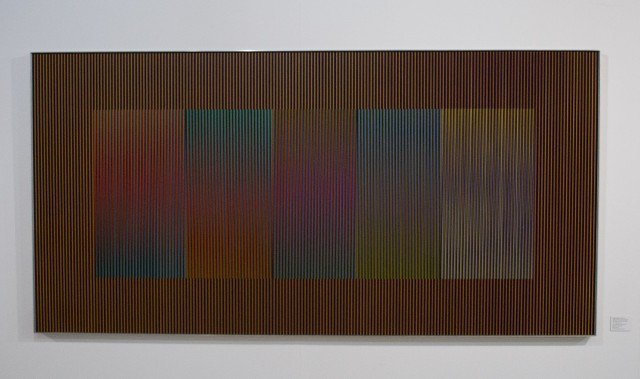
Physiochromia Number 725, 1974 Metal rod on silkscreen attached to metal frame 101 x 202 x 6 cm Comodato National Discount Bank, FMN-Museum of Contemporary Art.
I put light traps into play according to the behavior of the color
It is evident that a great part of the Venezuelan painters of the XX century have worked in function of the light. For the landscapers of the school in Caracas, such as Manuel Cabré, Pedro Ángel González, Rafael Monasterios, light is a fundamental problem, in his works the story of the light of Ávila is appreciated.
The clearest of his postulates was Armando Reverón, who advised us to paint and close our eyes well, and thus, looking through the lashes, light would be revealed to us. When painting it, everything else was drawn by itself.
In the work of Alejandro Otero, light is the main actor. The work of Jesús Soto is a generator of light, which largely reflects the phenomenology of his proposal.
My work is color, and color is the manifestation of light. Over the years I have researched to show and enjoy as much as possible the behavior of the chromatic universe.
Not from a scientific point of view, but as a revealer of the specific pleasure that color provides.
The specific pleasure of painting is color. A pleasure that is not found in any other creative discipline. My work in all its manifestations embodies the essence of the pleasure that color provides us. Perhaps the pleasure of painting, but stripped of references, anecdotes and concepts that led to its exhaustion.
Cruz Diez / November 2015
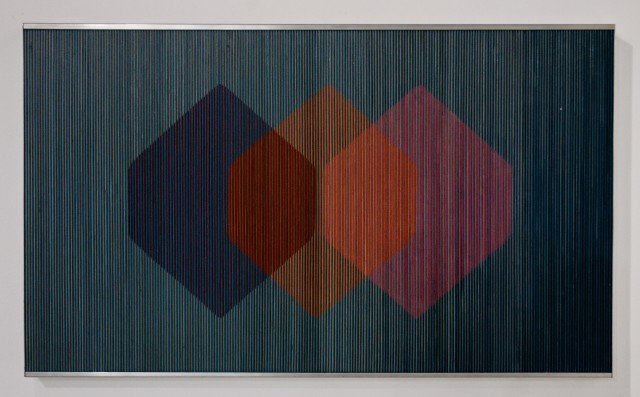
Physichromie Number 222, 1966 Acrylic and Steel on Wood 60 x 100.5 cm Foundation National Museums National Art Gallery
Main collective and individual works of Cruz Diez
• 1961 Bewogen Beweging, Stedelijk Museum, Amsterdam, The Netherlands
• 1964 Mouvement 2, Galerie Denise René, Paris, France
• 1965 The Responsive Eye, Museum of Modern Art, New York, United States
• 1970 Venezuelan Pavilion, XXXV Biennale di Venezia, Venice, Italy
• 1988 Carlos Cruz-Diez: Die Autonomie der Farbe, Josef Albers Museum, Bottrop, Germany
• 2003 Une Tour Eiffel haute en couleurs, Center Georges Pompidou, Paris, France
• 2004 Inverted Utopias: Avant-Garde Art in Latin America, Museum of Fine Arts, Houston, United States
• 2007 Kinetic (s), Reina Sofía National Art Center Museum, Madrid, Spain
• 2008 Carlos Cruz-Diez: (In) formed by color, Americas Society, New York, United States
• 2009 Carlos Cruz-Diez: The color happens, Museu d'Art Espanyol Contemporani, Palma de Mallorca, Cuenca, Spain
• 2010 Carlos Cruz Diez: The Embodied experience of Color, Miami Art Museum, Miami, United States
• 2011 Carlos Cruz-Diez: Color in Space and Time, Museum of Fine Arts, Houston, United States
• 2010 Environment Chromatic-Interferences: Interactive Space by Carlos Cruz-Diez, Guangdong Museum of Art, Guangzhou, China
• 2012 Carlos Cruz-Diez: A cor no espaço e no tempo, Pinacoteca do Estado, São Paulo, Brazil
• 2012 Carlos Cruz-Diez: Color in space and time, Museo Universitario Arte Contemporáneo - MUAC, Mexico, D.F., México
• 2013 Light Show, Hayward Gallery, London, United Kingdom
• 2013 The Concrete Invention: Patricia Phelps de Cisneros Collection, Reina Sofía National Art Center Museum, Madrid, Spain
• 2013 Dynamo. A siècle de lumière et de mouvement dans l'art. 1913-2013, Galeries nationales du Grand Palais, Paris, France
• 2014 Carlos Cruz-Diez in Black & White, Americas Society, New York, United States
• 2014 La Couleur et le corps (Color and body), Denise René Gallery, Paris, France21
SOURCE https://en.wikipedia.org/wiki/Carlos_Cruz-Diez
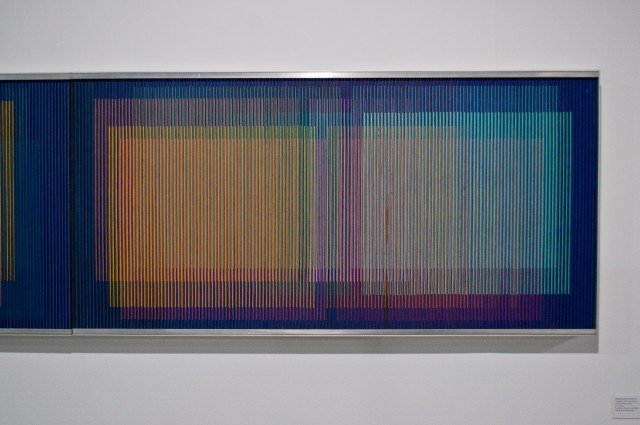
Physichromie Number 329, 1967 Plexiglas, Acrylic and Aluminum on Wood 61 x
363 cm Foundation national museums national art gallery
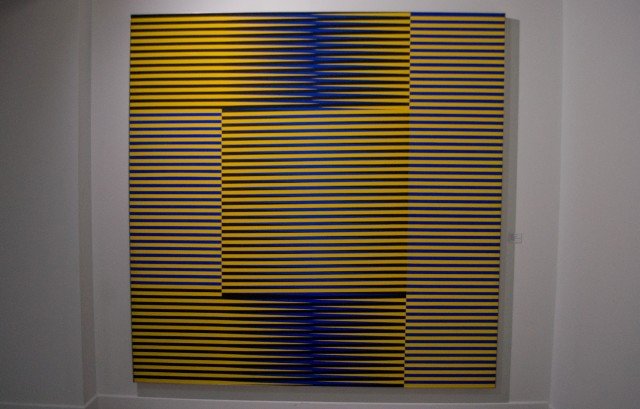
Physiochromia Number 280, 1974 Metal rod on screen printing attached to metal frame 101 x 202 x 6 cm
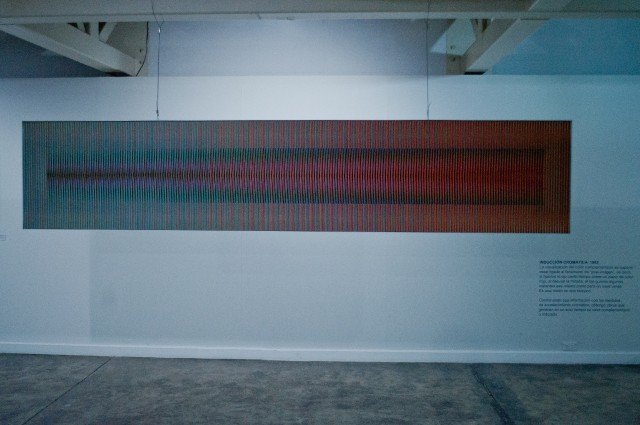
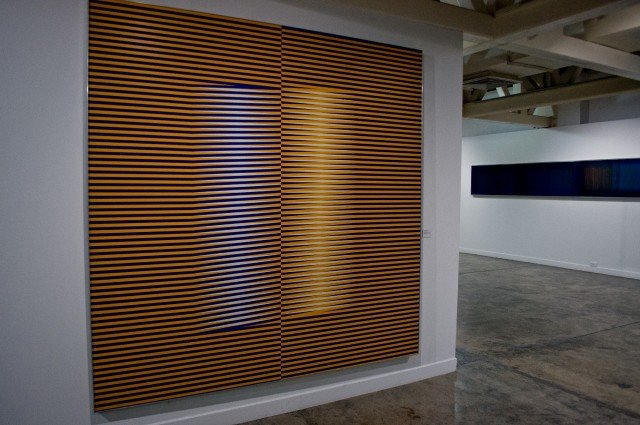
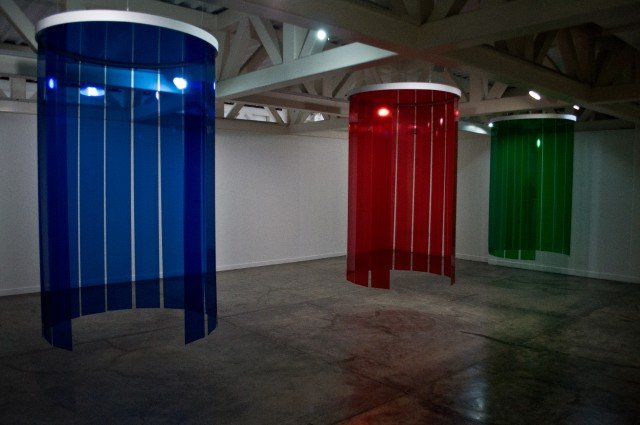
If you visit Caracas do not miss visiting the Cruz Diez museum is very dynamic and world avant-garde thanks to this artist of optical art that marked a milestone in humanity.
Up to here Cervantes Walk until a next opportunity.
All the material exposed in this blog is original
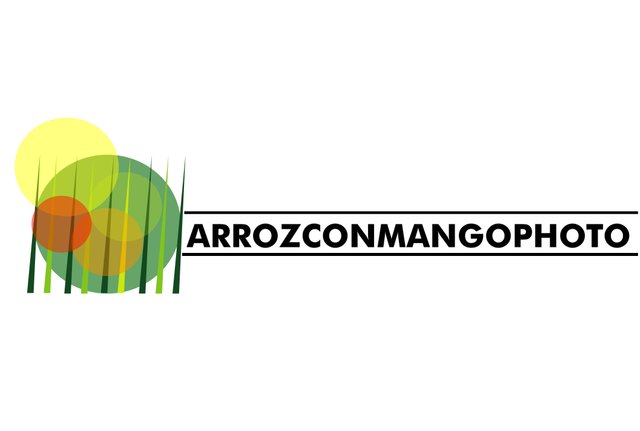
Iván Andrés Montti Larrea ®
Arrozymango photo ®
Visit me:
https://www.facebook.com/Arrozkonmango/
https://www.instagram.com/arrozcon_mango/
Do not forget to vote to @cervantes as witness on this page: https://steemit.com/~witnesses
</ p> </ div>
Hermosa publicación difundiendo la obra de ese excelso artista venezolano pionero del cinetismo.
Está muy bien lograda y las fotos están excelentes.
Gracias por compartir.
Downvoting a post can decrease pending rewards and make it less visible. Common reasons:
Submit